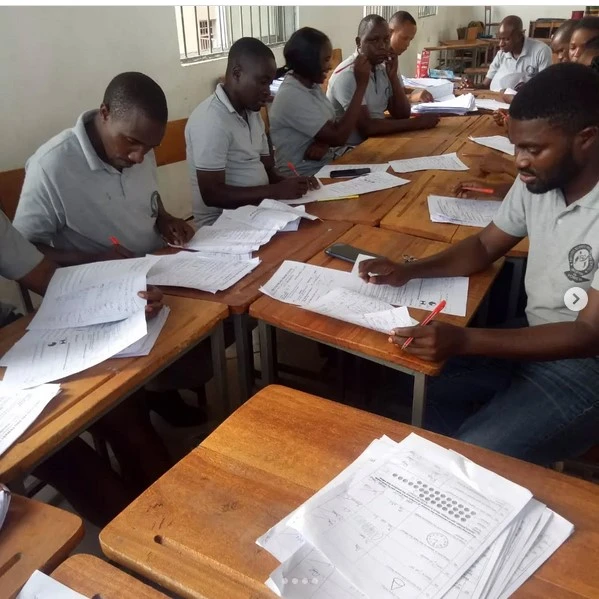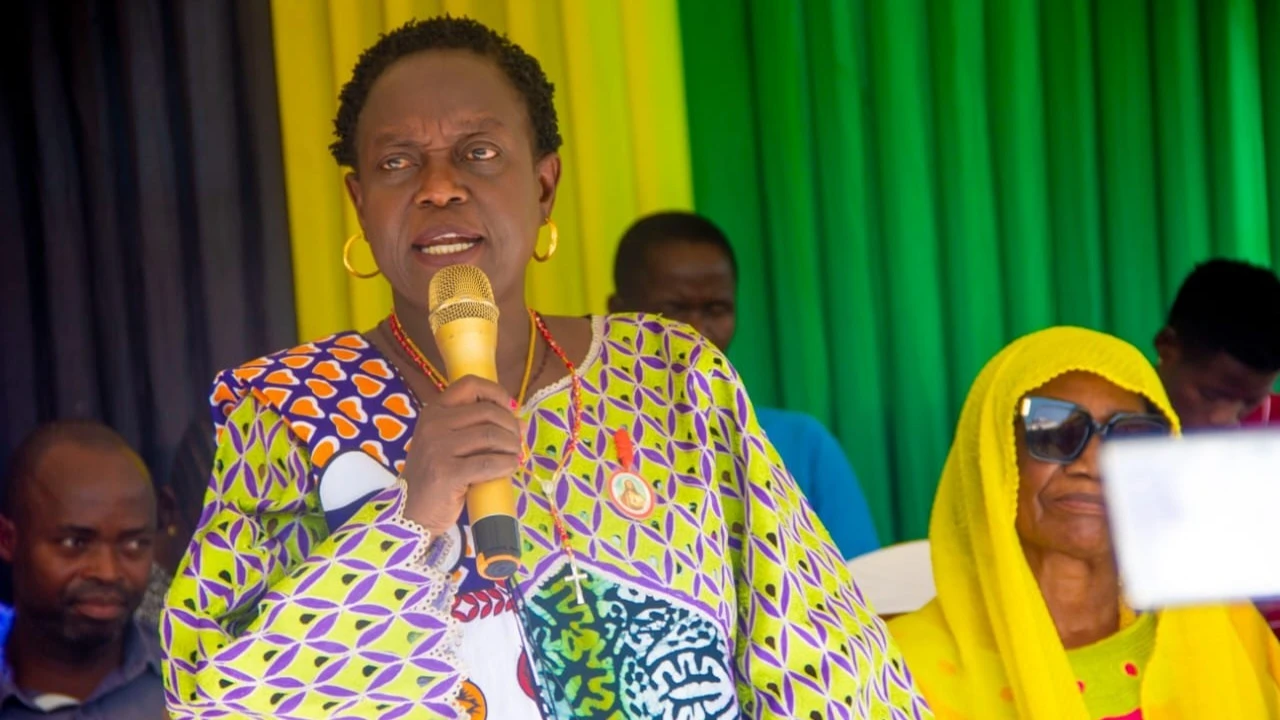Why teachers should prioritize panel marking in teaching, learning process

THE teaching and learning process cannot be effective without proper evaluation. It is through evaluation that a teacher identifies learners' strengths and weaknesses, allowing for the improvement of teaching strategies and learning outcomes.
These strengths and weaknesses are often revealed in students' writing, thought organization, and conceptual understanding—elements that require accurate and fair marking to assess.
In internal examinations, the responsibility of evaluation lies with the subject teacher. However, if there are flaws in the criteria or methods used, the teaching and learning process suffers, potentially hindering future academic progress.
How learners express their understanding depends greatly on how their work is assessed, highlighting the strong link between marking practices and overall educational performance. With this understanding, it becomes crucial to review existing marking practices to ensure they yield valid and credible results.
Sometimes, parents criticize teachers for what they perceive as poor academic performance in their children. However, the root cause may lie in how learners were marked in previous classes. If assessments falsely indicated that a student had mastered certain skills, it becomes difficult later to explain to parents why those skills appear absent.
In such cases, unreliable marking misleads not only parents but also students and educators, ultimately compromising the integrity of the education system.
To address these challenges and promote the development of competent graduates, panel marking can offer a viable solution. Since the teaching and learning process is inherently social, efforts must be made to minimize subjectivity in evaluation.
Issues affecting an entire institution or society should be handled collectively. Panel marking, which involves multiple educators in the marking process, is key in fostering uniformity and shared accountability in assessments.
Teachers should particularly focus on final examinations, which are evaluated externally. Identifying and addressing weaknesses through collaborative marking enhances improvement. Concealing weaknesses only hampers long-term academic growth.
Because a student’s academic performance plays a significant role in determining future opportunities, the evaluation process must be designed to support ongoing development.
Panel marking contributes to building a more objective and consistent marking system. It generates reliable results, offering a clearer picture of a learner’s academic trajectory and helping improve overall performance.
As students are being prepared to function in diverse global environments, aligning evaluation practices with international standards becomes necessary. One way to achieve this is by adopting effective and collaborative assessment methods such as panel marking.
When evaluation criteria are developed and applied collectively by professionals, the likelihood of marking errors is significantly reduced, increasing the credibility of both teaching and assessment processes. Given that individuals differ in their perspectives and understanding, panel marking helps minimize personal bias.
Subject teachers should welcome input from others in evaluating learners, especially since national or final exams are not marked by the same teachers who taught the students. The learning process should equip students to handle varied types of assessment, not just those of a single evaluator.
If a student is always assessed by the same person, they may not develop as expected, particularly if that teacher’s marking contains unchallenged flaws. Teachers must remain open to new ideas and constructive feedback that can promote growth in their teaching approaches.
Panel marking should, therefore, be prioritized due to the significant advantages it offers to both teachers and learners. Some of the key benefits include
Promoting cooperation and unity
Effective teaching and learning rely heavily on cooperation and unity. When teachers come together to mark and discuss challenges arising from examinations, they are encouraged to collaborate and support each other.
This fosters a more unified teaching environment, making education a shared activity rather than an isolated one. Collective efforts tend to yield greater academic achievements, which benefit not just the school, but the community at large. It is only fair that the responsibility of attaining academic excellence is also shared.
Reducing bias in marking
When a single teacher marks all student work, the risk of bias—especially toward students they favour—becomes significant. This undermines the fairness of evaluation and ultimately affects learning outcomes. Panel marking counters this by introducing multiple viewpoints, ensuring more balanced assessment.
Awarding undeserved marks not only misleads learners but can also instill poor study habits and false confidence, leading to subpar results. Integrity and consistency are essential in quality education, and panel marking helps uphold these values.
Enhancing standardized marking
Panel marking encourages adherence to agreed-upon standards. This uniformity produces more trustworthy results and ensures consistency across the education system. Teachers should remember that final assessments are often evaluated by others, not themselves.
This awareness should motivate them to align their marking practices with recognized standards. Panel marking creates space for critical review of marking schemes, improving their reliability and validity.
Fostering deeper understanding among teachers
Participation in panel marking exposes teachers to new ideas and perspectives, helping them sharpen their judgment and teaching methods. Sharing different interpretations of students’ responses allows teachers to reflect and refine their own practices. This exposure not only enriches the marking process but also contributes to professional growth and stronger teaching techniques.
Evaluation remains one of the most crucial elements in education. Given its importance, there is a pressing need to ensure the reliability of its outcomes. For years, examinations have served as the principal means of evaluation.
To make this tool both effective and meaningful, educators must ensure that assessments are accurately marked. The credibility of examination results should remain intact even when they are scrutinized from different angles. These results must reflect objective standards, not personal opinions.
Because examination results determine who advances in education and who doesn’t, their accuracy is paramount. More broadly, there is a clear relationship between educational performance and socio-economic development. This connection underscores the responsibility of teachers and stakeholders to uphold the integrity of the education system through credible marking practices.
Panel marking enhances fairness, consistency, and professional collaboration in the evaluation process. By promoting reliable assessments, it contributes to better learning outcomes and stronger educational systems. For these reasons, teachers should place greater emphasis on adopting panel marking in their daily practices.
Top Headlines
© 2025 IPPMEDIA.COM. ALL RIGHTS RESERVED

























